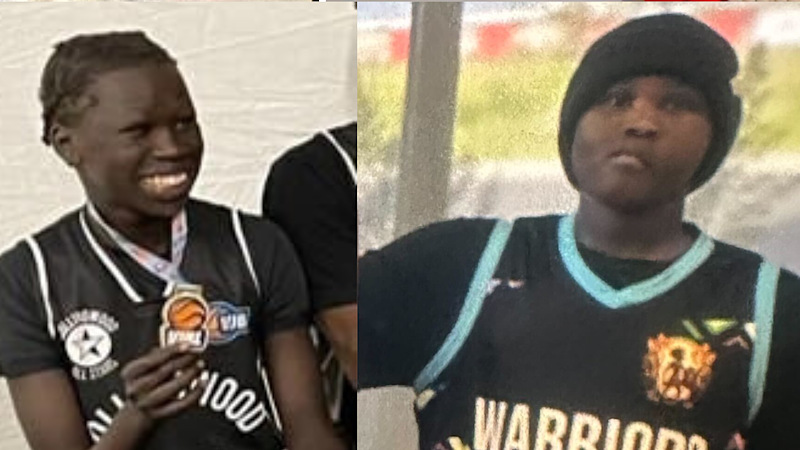
Victoria is experiencing a troubling rise in youth crime, with recent statistics revealing that individuals aged 10 to 17 account for nearly two-thirds of the state’s robberies and half of all aggravated burglaries. The state’s police taskforce focusing on youth gangs reported arresting 494 gang members a total of 1,657 times in the past year. To address this escalating issue, two leaders from Scotland’s youth justice system suggest that adopting their holistic approach could lead to significant improvements within a few years.
In the early 2000s, Scotland faced a similar crisis, marked by high rates of knife crime and gang violence. According to Karyn McCluskey, founder of Scotland’s violence reduction unit, the country transformed its approach from punitive measures to a framework prioritizing public health. McCluskey recalls a time when Scotland was notorious for its violent crime, with the term “Glasgow smile” symbolizing the severe injuries inflicted by knives. The violence was so rampant that the country was deemed the homicide capital of Western Europe.
“Instead of solely focusing on punishment, we engaged various stakeholders, including health services, schools, and the media, to create a preventative strategy,” McCluskey explains. This approach involved highlighting the dangers of gang life through powerful interventions, such as courtroom gatherings where gang members heard firsthand accounts from surgeons and grieving families.
The results were notable. Scotland’s homicide rates dropped from 137 per year in the early 2000s to 57 in recent years, culminating in the removal of the last teenager from jail in September 2022. McCluskey emphasizes that simply increasing incarceration rates does not deter crime. “We can fill the jails, but that’s not what prevents crime from happening. A smarter, public health-focused strategy is essential,” she asserts.
Adopting a similar approach in Victoria would require broad support from political leaders and the community. With both Premier Jacinta Allan and Opposition Leader Brad Battin advocating tough-on-crime stances, the political landscape is charged. Battin, a former police officer, has pledged a $100 million initiative that includes granting police greater stop-and-search powers, alongside proposing boot camp-style rehabilitation programs for young offenders aged 12 to 17.
Victoria Police Chief Commissioner Mike Bush has echoed calls for stricter penalties for youth offenders, yet crime rates continue to rise. The state has seen an unprecedented spike in theft and the number of repeat offenders, leading Deputy Commissioner Bob Hill to describe the situation as “unacceptable.” He stated that the police aim to reduce serious and violent crimes by 5 percent annually.
The recent tragic deaths of Chol Achiek and Dau Akueng, both victims of youth gang violence, have further underscored the urgency of the situation. Their families gathered to mourn the loss of the young boys, who fell prey to an alleged ambush by gang members. The ongoing youth gang crisis in Melbourne has been linked to over 20 homicides in the past five years.
Ahmed Hassan, chief executive of Youth Activating Youth, has dedicated nearly a decade to working with reformed young offenders in Melbourne. He witnesses both the challenges and successes of rehabilitation. “Some incidents are simply unfathomable, and we cannot allow this to become the new normal,” he states. Hassan emphasizes the importance of providing young offenders with proper support, including stable jobs and mental health resources, to prevent recidivism.
He highlights the impact of mentorship, asserting that reformed offenders sharing their experiences can be transformative for those still caught in the cycle of crime. Many young people he has worked with have made significant changes in their lives and are now employed as mentors in his organization. One particularly inspiring story involves a young man who, after being released from prison, won a football championship and now serves as a mentor.
Victoria Police continues to focus on preventative measures, implementing crime reduction teams tasked with engaging with offenders and providing support pathways. While Scotland still faces challenges with violence, the dramatic transformation of its youth crime landscape offers a hopeful model for Victoria.
Will Linden, deputy head of the Scottish Violence Reduction Unit, acknowledges the ongoing issues but notes the substantial progress made. “We’ve not eradicated violence; it’s just at a much lower level,” he states. The key to sustained improvement lies in maintaining focus and commitment to community-based solutions, rather than reverting to punitive measures.
As Victoria grapples with its youth crime crisis, the potential lessons from Scotland’s experience might offer a path forward. Engaging the community, prioritizing public health initiatives, and fostering collaboration across sectors could provide the necessary framework to reduce youth crime and support at-risk young people in making positive choices.







